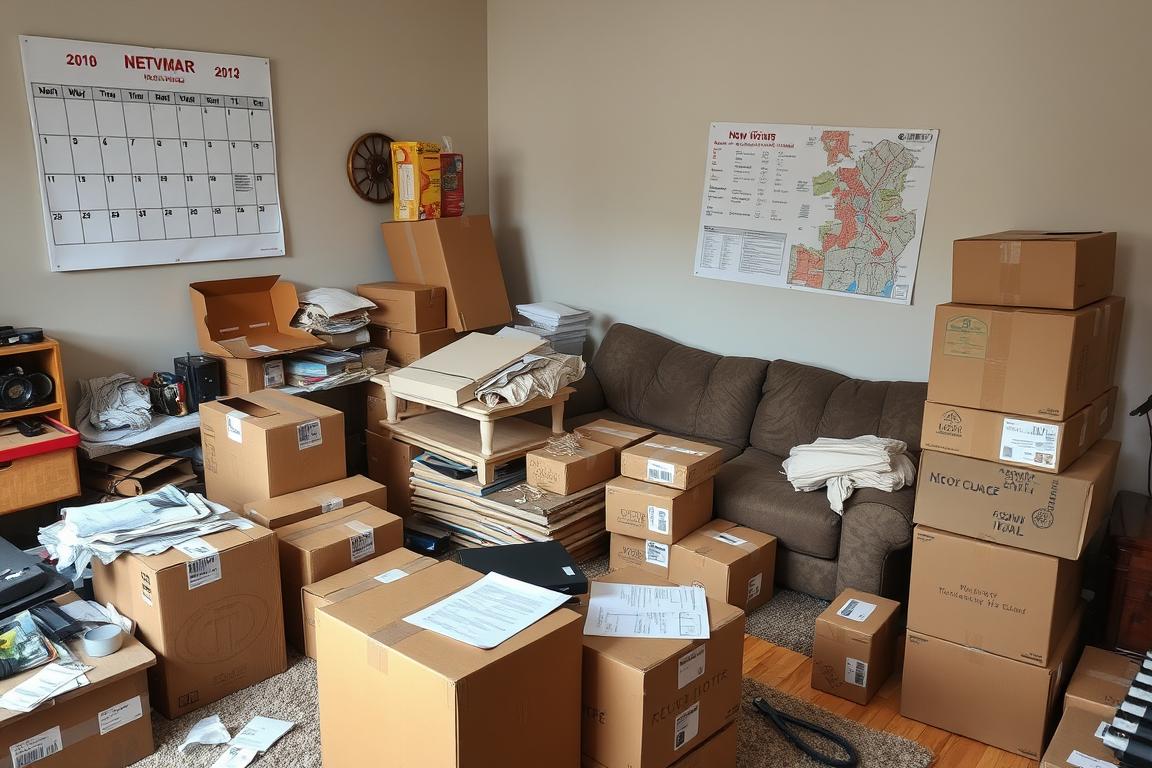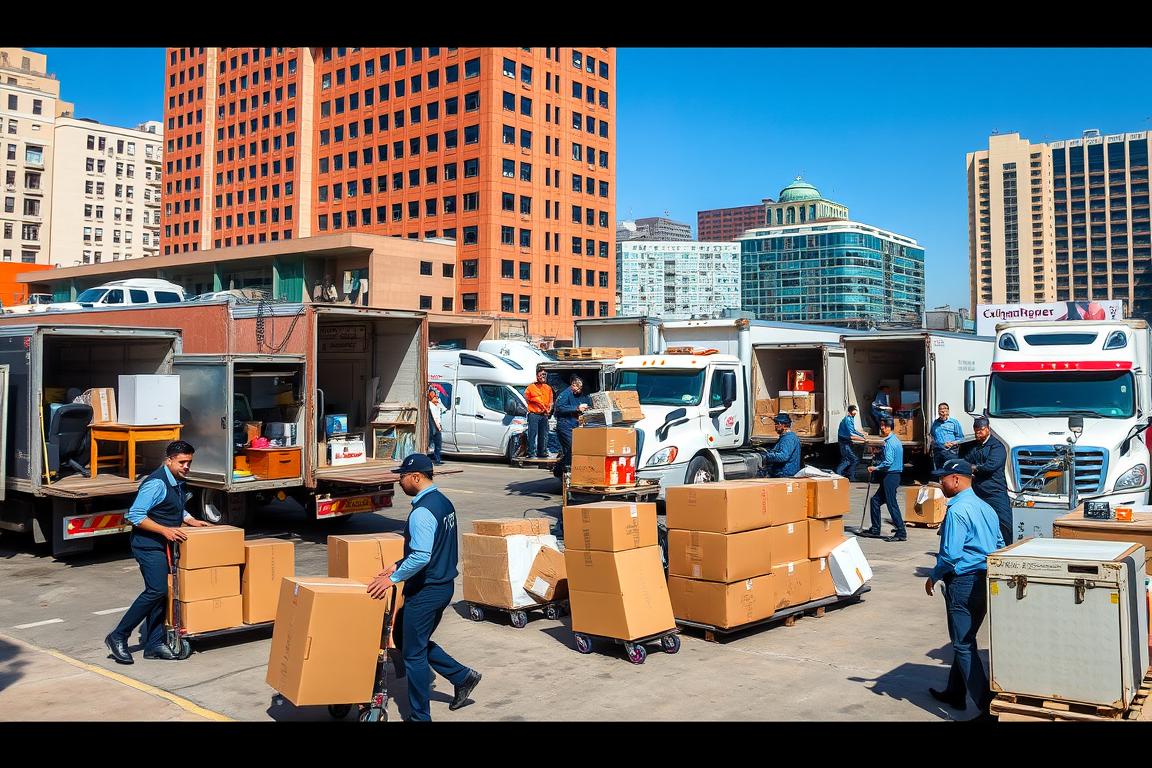Residential moving is an integral aspect of life that many people encounter, whether it’s for a new job, a change of scenery, or simply a desire to relocate home. A well-planned home relocation can lead to a stress-free moving experience, saving time and minimizing anxiety. Each year, around 35 million individuals in the United States make the choice to move, highlighting the importance of effective planning and execution.
This moving guide will provide key insights into the residential moving process, emphasizing the significance of timelines, budgeting, and the emotional nuances of moving. Furthermore, enlisting the help of expert moving services can enhance the transition, ensuring that every detail is carefully managed for a seamless relocation.
Understanding the Residential Moving Process
Embarking on the residential moving process can feel overwhelming. Planning for a move well in advance significantly minimizes stress and complications. A strategic approach allows for a smoother transition into your new home. Proper relocation planning sets the stage for an efficient and organized experience.
The Importance of Planning Ahead
Establishing a timeline is crucial in managing the moving steps effectively. Begin with a list of essential tasks to tackle in advance:
- Sort belongings: Decide what to keep, donate, or discard.
- Arrange for utility transfers: Schedule disconnections at the old residence and connections at the new one.
- Update your address: Notify relevant organizations about your move.
Planning these elements early on contributes to a smooth moving experience. The more organized you are, the less likely last-minute decisions will complicate your relocation.
Step-by-Step Guide to a Smooth Move
A detailed guide assists in navigating the residential moving process successfully. Breaking down tasks into smaller, manageable goals sustains momentum and clarity.
- Assess your home: Determine how many items need to be packed.
- Hire movers or rent a truck: Research reputable companies or rental options that suit your budget.
- Gather packing supplies: Secure boxes, tape, and markers for labeling.
- Pack systematically: Start with non-essential items and progress to everyday necessities.
- Coordinate logistics: Organize loading and unloading times to optimize efficiency.
Careful planning and the implementation of these moving steps ensure both a stress-free and productive move. A thoughtful approach to the residential moving process not only saves time but enhances the overall experience.

| Task | Timeline | Notes |
|---|---|---|
| Sort Belongings | 6-8 Weeks Before | Decide what to keep or discard. |
| Hire Movers | 4-6 Weeks Before | Compare quotes and book ahead of time. |
| Pack Supplies | 3-4 Weeks Before | Gather all necessary packing materials. |
| Pack Non-Essentials | 1-2 Weeks Before | Start with items not used daily. |
| Confirm Logistics | 1 Week Before | Double-check times and details with movers. |
Essential Tips for a Successful Move
A successful move hinges on careful planning and strategic execution. By implementing a well-structured moving checklist and employing effective packing techniques, you can streamline the entire process and ensure a smoother transition to your new home. This section explores helpful tips that will keep you organized and minimize stress during your move.
Creating a Moving Checklist
An efficient moving checklist is your best ally for organization for moving. It helps you track tasks, deadlines, and essential items to avoid overlooking any critical responsibilities. Start by listing all necessary tasks such as securing packing supplies, notifying service providers of your address change, and packing essentials for your first night in your new space. By following this checklist closely, you guarantee that nothing falls through the cracks, paving the way for a successful move.
Packing Techniques to Save Time and Space
Implementing smart packing tips can significantly enhance the efficiency of your move. Consider rolling clothes rather than folding them to save space and fit more into your boxes. Utilize suitcases to pack heavy items, reducing the need for additional boxes. Remember to label boxes clearly so you can easily identify contents upon arrival. Additionally, quality packing materials are essential for protecting your belongings during transit, which minimizes the risk of damage and alleviates stress throughout the moving process. The right techniques can make a world of difference in achieving an efficient packing experience.



